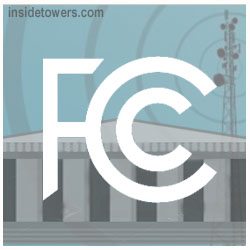FCC Chairman Ajit Pai plans big changes for TV white spaces, the unlicensed spectrum between television channels. Yesterday, he proposed providing more opportunities for unlicensed white space devices to deliver wireless broadband services in rural areas.
Such devices operate in portions of the broadcast television bands (Channels 2-35) and spectrum not being used for authorized services.
Pai seeks to spur the continued growth of these devices. The FCC plans to vote on his proposal, which he circulated to his colleagues Wednesday, at the Commission’s meeting on February 28. “The FCC has taken steps to enable the use of white spaces over the years, and this new proposal would further help bridge the digital divide while protecting TV stations,” said Pai.
Specifically, Pai is proposing to allow higher transmit power and higher antennas for fixed white space devices in rural areas. If adopted, these changes would allow white space devices to reach users at greater distances, and enable improved broadband coverage.
His proposal would permit higher power mobile operations within geo-fenced areas. Because white space device operations must protect other authorized services from interference, Pai is also proposing to increase the minimum required separation distances for white space devices operating at higher power.
The NAB, which wants to protect television channels from interference, has been actively discussing the issue with Commissioners and their staff, Inside Towers reported. In response to Wednesday’s announcement, NAB EVP Communications Dennis Wharton said the association: “appreciates the consensus-based approach the FCC is taking in this proceeding. We look forward to working with the Commission and other stakeholders to develop final rules that will allow more flexibility for rural white spaces operations while protecting broadcasters.”





Reader Interactions